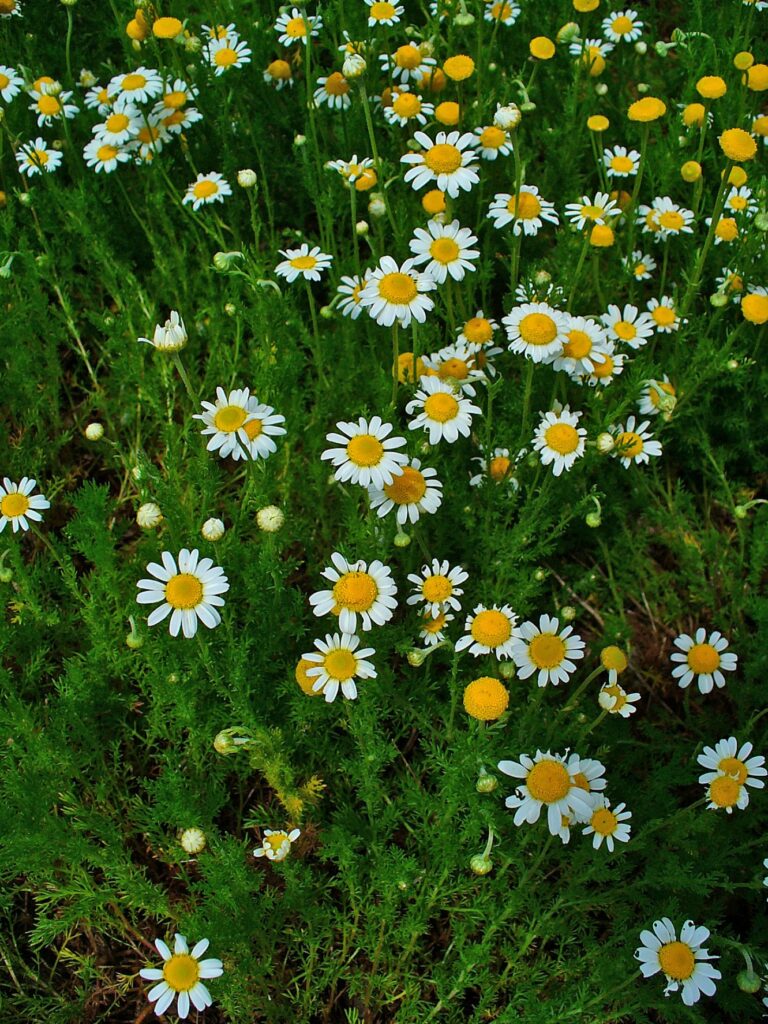
Herbs can spice up recipes and provide essential vitamins, minerals and even medicines. Our guide contains helpful growing instructions for almost 50 varieties that you can grow both outside and indoors.

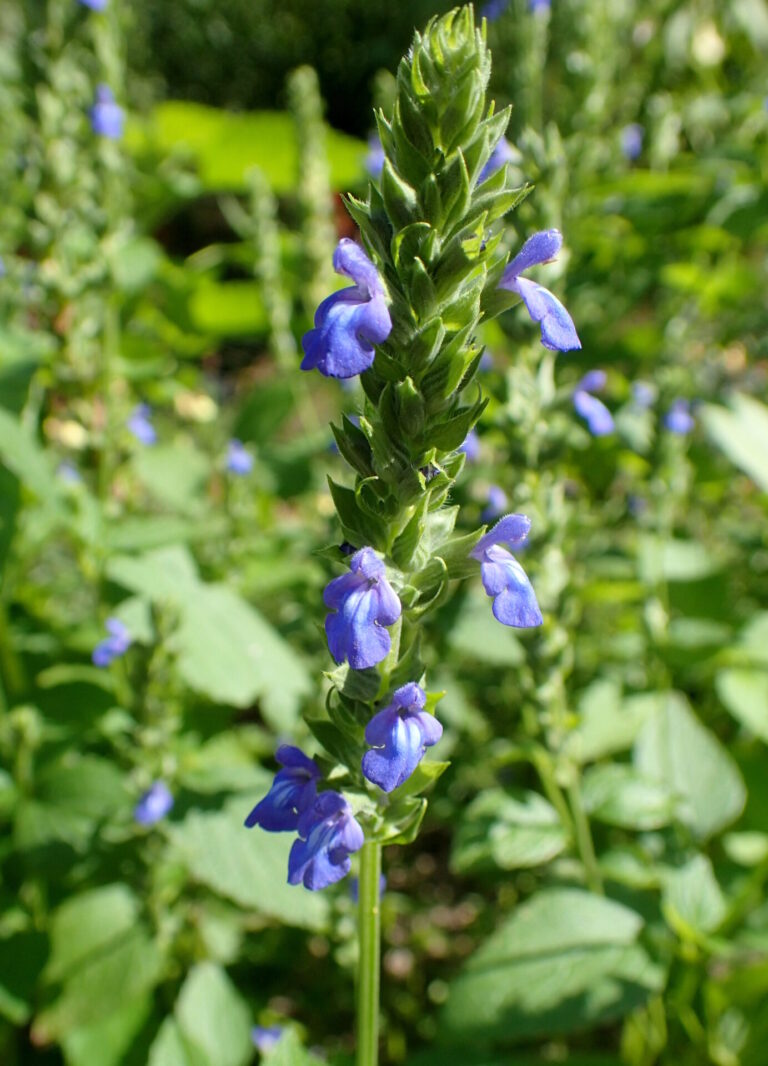
It is an edible seed also rich in nutrients that comes from the desert plant Salvia hispanica, a species of flowering plant in the mint family (Lamiaceae). Chia seeds are an unprocessed, whole-grain food. The plant has a height of 3 to 5 feet with a wide width of several feet. There are abundant upright spikes of blooms at the end of the stems with blue or white colors.
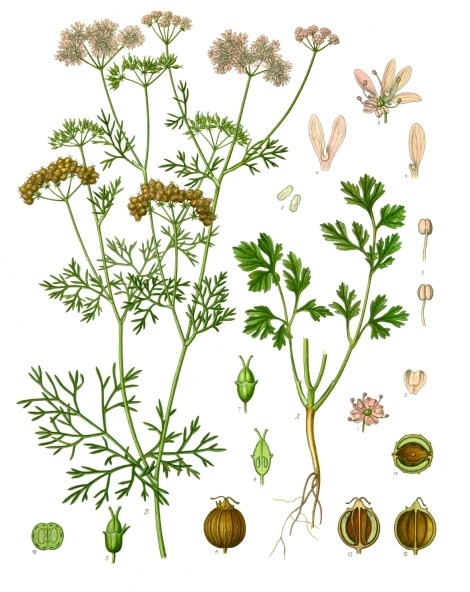
An herb from the fresh leaves of the coriander plant. In the family of Apiaceae.Cilantro has delicate, lacy green leaves, resembling flat leaf parsley. It has apungent, complex, citrusy flavor. Cilantro is a good choice for a butterfly garden, as the plant is abutterfly favorite, especially during the morning and evening. Cilantro is an annual plant, meaning itdoesn’t “come back” from the same seeds every year. But it does re-seed itself if you let it, whichmakes your job as a gardener a lot easier! Just wait for it to flower and let it drop the seeds to theground. Leave
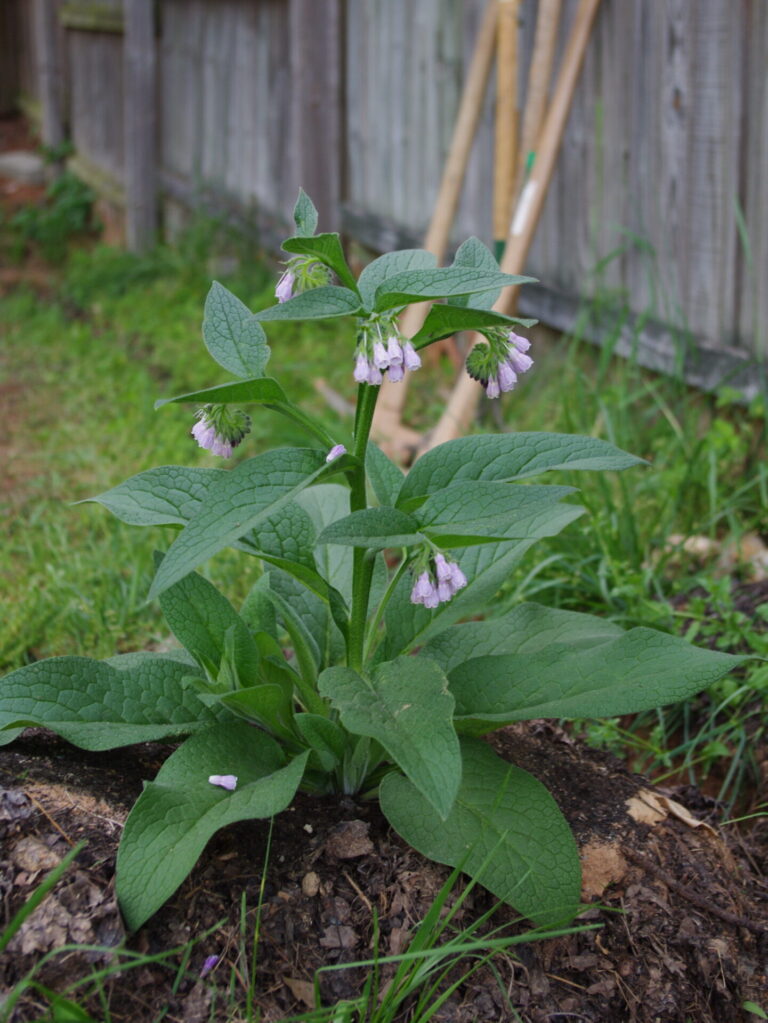
A herbaceous perennial flower that grows in clumps naturally along riverbanks and ingrasslands. The plant grows slightly taller than it is wide (12 to 36 inches tall, 9 to 30 inches wide)mature. The large, pointed, dark green leaves are up to 8 inches long with a coarse, hairy texture.The lower leaves tend to be larger than the upper ones on the plant. Tiny bell-shaped flowers bloom inthe late spring in clusters off of drooping stems. Comfrey is nicknamed knitbone.
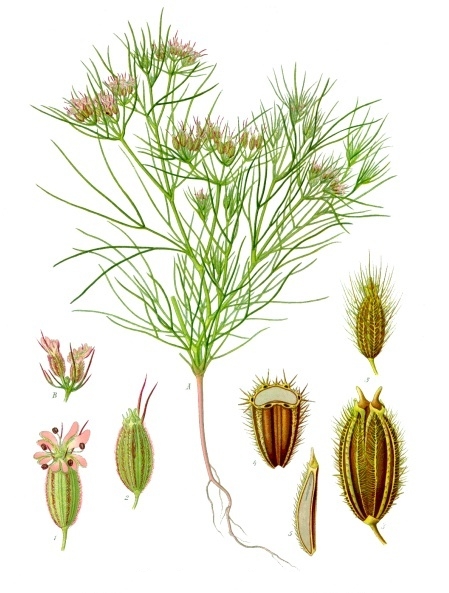
Cumin is not a frost hardy plant. It is a warm season annual in the family Apiaceae.This pungent herb has medicinal and culinary uses. The cumin plant grows to heights between 6and 24 inches (15-60 cm) uniformly. The flowers are small, white or pink, and borne in umbels.Each umbel has five to seven umbellets. The fruit is a lateral fusiform or ovoid achene containingtwo mericarps with a single seed. It’s grown for its seeds and are used whole (resembles a smallercaraway seed) or ground.
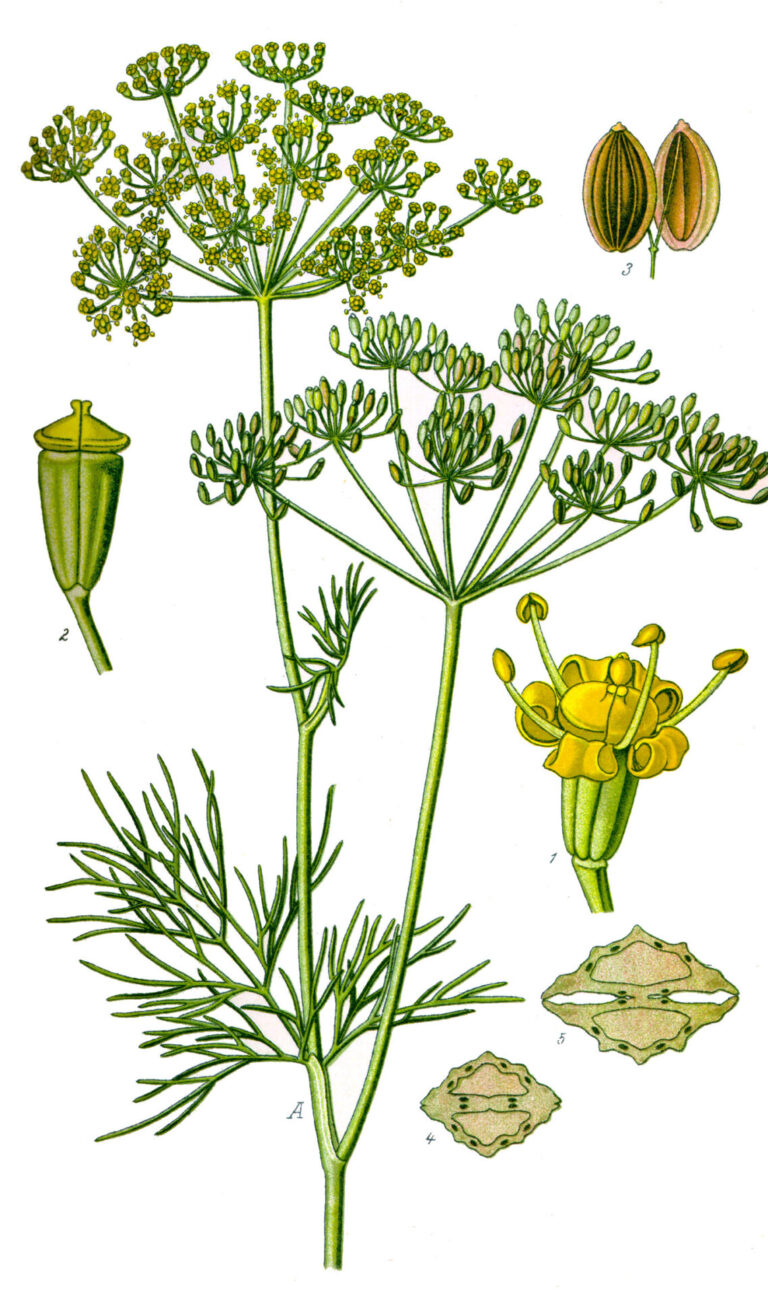
(Anethum graveolens). Other common names include: Dillweed, Dilly, Lao coriander and Peucedanumgraveolens. Dill is a culinary herb that has a distinctive flavor that’s a cross between celery and fennel. Native toEurope and Asia, dill plays a big role in seasoning pickled foods meant to be canned and stored for winter. Beyond that, both the leaves, stems and seeds are used to season a variety of dishes. Dill is an annual that will grow to between 2 and 4 feet tall, depending on conditions and the variety.
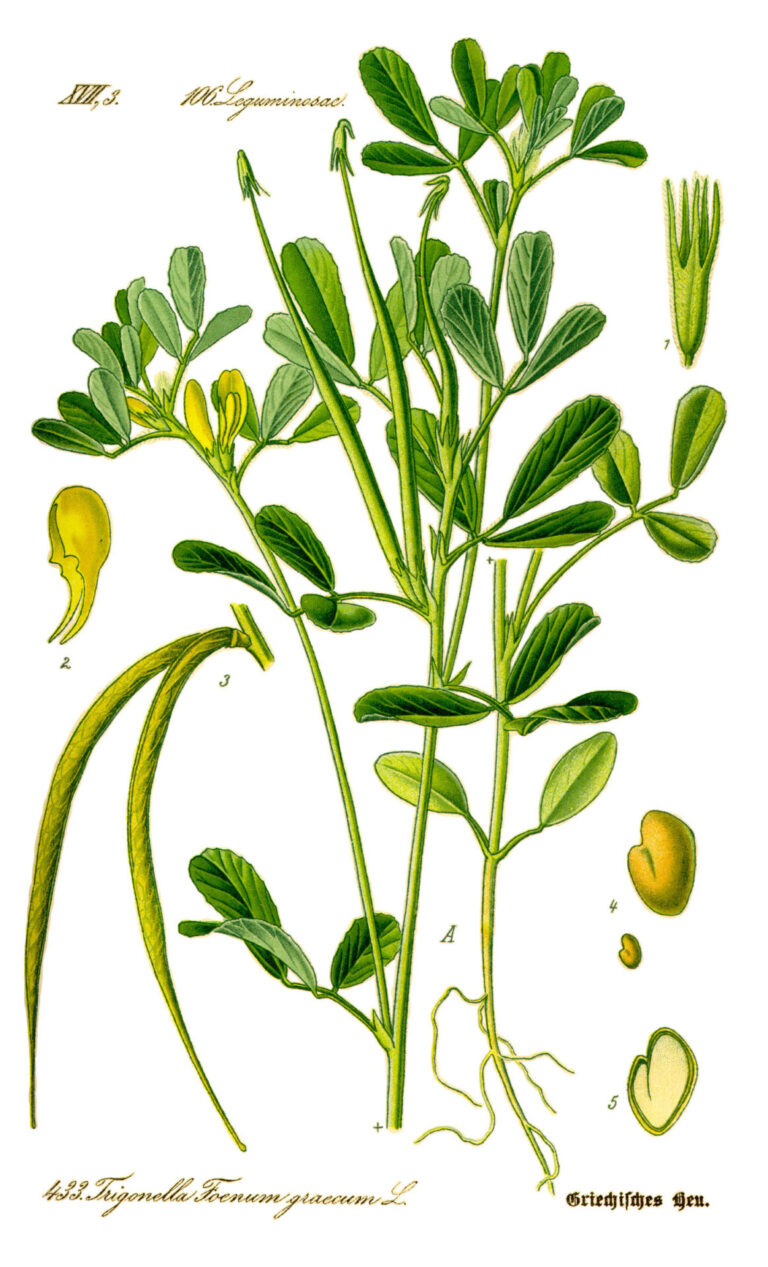
Fenugreek is used as a herb (dried or fresh leaves), spice (seeds), and vegetable(fresh leaves, sprouts, microgreens). The seeds are cuboid-shaped and yellow to amber-colored.This annual herb has use in traditional medicine. Its native habitat includes uncultivatedground, the edges of fields and dry grassland. The flowers resemble a butterfly. The consumableparts of fenugreek (both the leaf and seed) come from the stem portion of the plant. It has alovely aroma similar to clover, a close relative, and vanilla. This annual herb has uses in medicine so caution and do research.
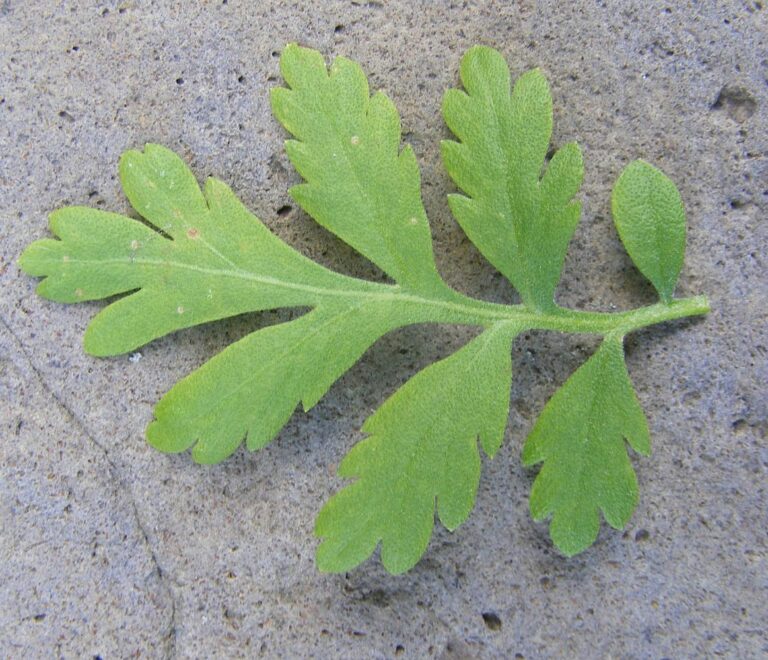
Feverfew is an aromatic, flowering herb and is an easy-to-grow perennial plant. It isoften mistaken for a weed because of how easily it spreads after taking hold. This plant (Tanacetumparthenium) is actually a species of chrysanthemum that has been grown in herb and medicinal gardens for centuries.
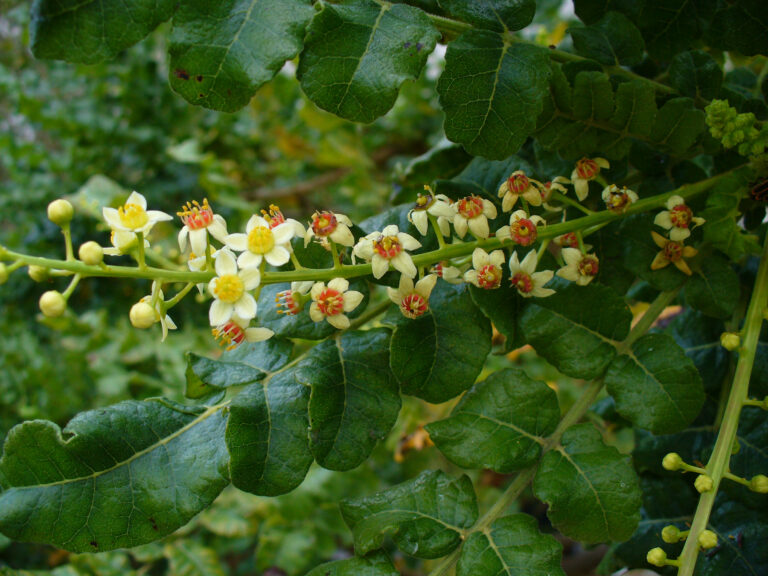
Frankincense can be grown from seed or cuttings but is most commonly harvested from the bark of the frankincense tree. Frankincense is an aromatic resin (driedsap) obtained from trees of the genus Boswellia in the family Burseraceae. There are several species of Boswellia that produce true frankincense: Boswellia sacra, B. frereana, B. serrata, and B. papyrifera. Resin from each is available in various grades, which depend on the time of harvesting. The resin is hand-sorted for quality. They are short, gnarled, knotty trees growing under the harshest desert conditions.
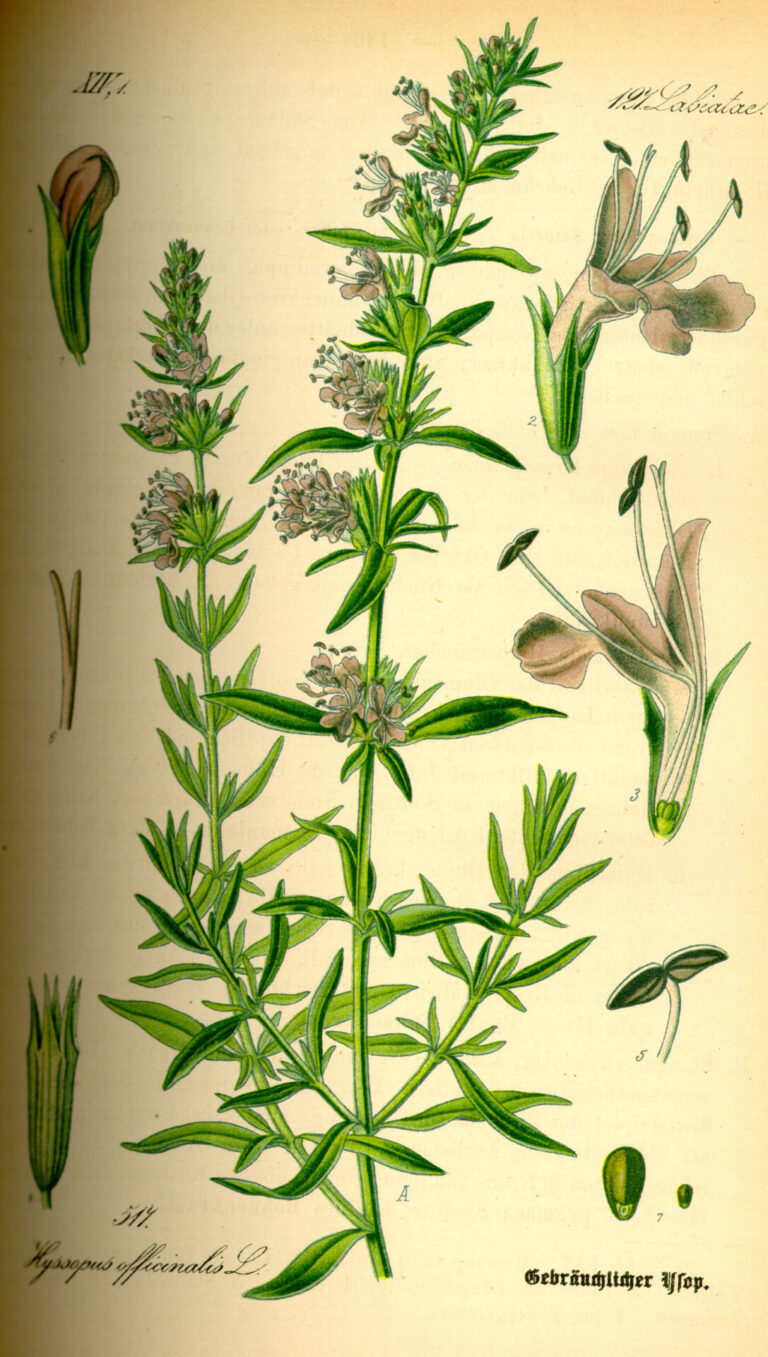
It is a member of the mint family and comes from two different genera: Hyssopnus andAgastache. Both types of hyssop are perennials and have evergreen foliage with clusters of tinyflowers. The flowers grow at the top of tall spikes of deep blue, red, pink, or white. and have a pungent scent. (so as not to be confused, be careful that there are several plants that get referred toashyssop.) Both the leaves and flowers can be used. The leaves can be finely chopped and used in cooking toflavor salads, soups, liquids, and stews. Use sparingly because of its unusual flavor.


It is an edible seed also rich in nutrients that comes from the desert plant Salvia hispanica, a species of flowering plant in the mint family (Lamiaceae). Chia seeds are an unprocessed, whole-grain food. The plant has a height of 3 to 5 feet with a wide width of several feet. There are abundant upright spikes of blooms at the end of the stems with blue or white colors.

An herb from the fresh leaves of the coriander plant. In the family of Apiaceae.Cilantro has delicate, lacy green leaves, resembling flat leaf parsley. It has apungent, complex, citrusy flavor. Cilantro is a good choice for a butterfly garden, as the plant is abutterfly favorite, especially during the morning and evening. Cilantro is an annual plant, meaning itdoesn’t “come back” from the same seeds every year. But it does re-seed itself if you let it, whichmakes your job as a gardener a lot easier! Just wait for it to flower and let it drop the seeds to theground. Leave

A herbaceous perennial flower that grows in clumps naturally along riverbanks and ingrasslands. The plant grows slightly taller than it is wide (12 to 36 inches tall, 9 to 30 inches wide)mature. The large, pointed, dark green leaves are up to 8 inches long with a coarse, hairy texture.The lower leaves tend to be larger than the upper ones on the plant. Tiny bell-shaped flowers bloom inthe late spring in clusters off of drooping stems. Comfrey is nicknamed knitbone.

Cumin is not a frost hardy plant. It is a warm season annual in the family Apiaceae.This pungent herb has medicinal and culinary uses. The cumin plant grows to heights between 6and 24 inches (15-60 cm) uniformly. The flowers are small, white or pink, and borne in umbels.Each umbel has five to seven umbellets. The fruit is a lateral fusiform or ovoid achene containingtwo mericarps with a single seed. It’s grown for its seeds and are used whole (resembles a smallercaraway seed) or ground.

(Anethum graveolens). Other common names include: Dillweed, Dilly, Lao coriander and Peucedanumgraveolens. Dill is a culinary herb that has a distinctive flavor that’s a cross between celery and fennel. Native toEurope and Asia, dill plays a big role in seasoning pickled foods meant to be canned and stored for winter. Beyond that, both the leaves, stems and seeds are used to season a variety of dishes. Dill is an annual that will grow to between 2 and 4 feet tall, depending on conditions and the variety.

Fenugreek is used as a herb (dried or fresh leaves), spice (seeds), and vegetable(fresh leaves, sprouts, microgreens). The seeds are cuboid-shaped and yellow to amber-colored.This annual herb has use in traditional medicine. Its native habitat includes uncultivatedground, the edges of fields and dry grassland. The flowers resemble a butterfly. The consumableparts of fenugreek (both the leaf and seed) come from the stem portion of the plant. It has alovely aroma similar to clover, a close relative, and vanilla. This annual herb has uses in medicine so caution and do research.

Feverfew is an aromatic, flowering herb and is an easy-to-grow perennial plant. It isoften mistaken for a weed because of how easily it spreads after taking hold. This plant (Tanacetumparthenium) is actually a species of chrysanthemum that has been grown in herb and medicinal gardens for centuries.

Frankincense can be grown from seed or cuttings but is most commonly harvested from the bark of the frankincense tree. Frankincense is an aromatic resin (driedsap) obtained from trees of the genus Boswellia in the family Burseraceae. There are several species of Boswellia that produce true frankincense: Boswellia sacra, B. frereana, B. serrata, and B. papyrifera. Resin from each is available in various grades, which depend on the time of harvesting. The resin is hand-sorted for quality. They are short, gnarled, knotty trees growing under the harshest desert conditions.

It is a member of the mint family and comes from two different genera: Hyssopnus andAgastache. Both types of hyssop are perennials and have evergreen foliage with clusters of tinyflowers. The flowers grow at the top of tall spikes of deep blue, red, pink, or white. and have a pungent scent. (so as not to be confused, be careful that there are several plants that get referred toashyssop.) Both the leaves and flowers can be used. The leaves can be finely chopped and used in cooking toflavor salads, soups, liquids, and stews. Use sparingly because of its unusual flavor.

Here is a slide show of some of our projects. https://organicliving.thenewblueprintforhumanity.org/wp-content/uploads/2025/09/TPC-Gardening-Slide-Show.mp4
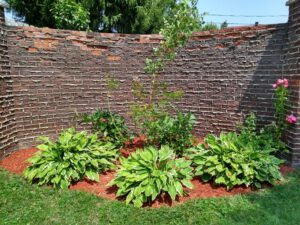
A lesson I have learned and have begun to experience is this; ‘When you take action, any action, the world will begin to move for you’.
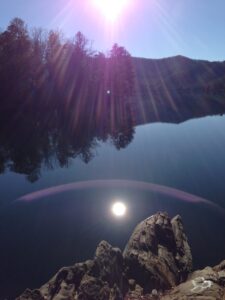
Here is our report on the TPC Gardening and Non GMO Foods Communal Gathering Zoom call with the Bowler Hat Farmer, August 31, 2025 We […]
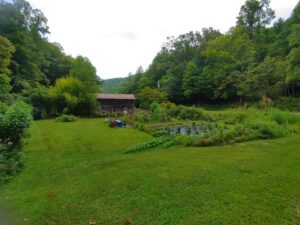
The TPC Gardening and Non GMO Food Communal Gathering Zoom Call Every Sunday at 9.00 am Mountain Time the Gardening and Non GMO Food Communal […]

One of the Vital solutions of Korean Natural Farming is the introduction of Indigenous Micro Organisms (IMO) into the soil to promote health and vitality. […]
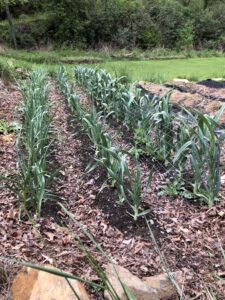
The Dedicated garlic Bed, year 2. Elephant Garlic grown from cloves, last year, Produced a single large bulb if garlic, as a Onion. No cloves. […]
